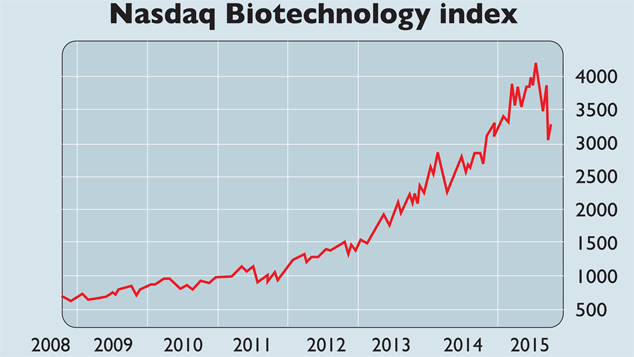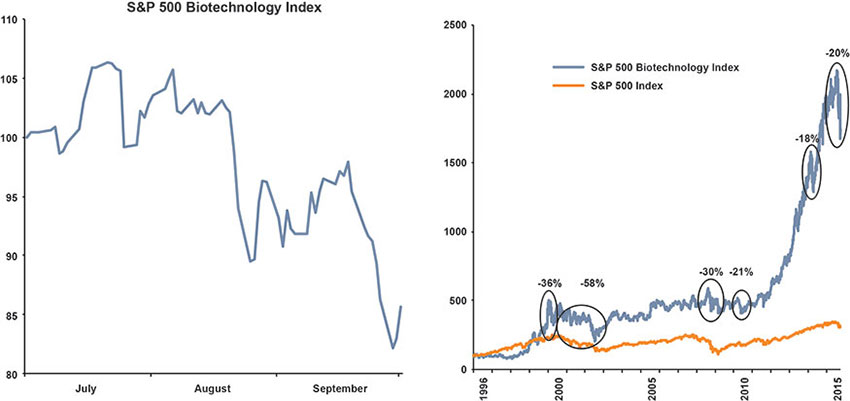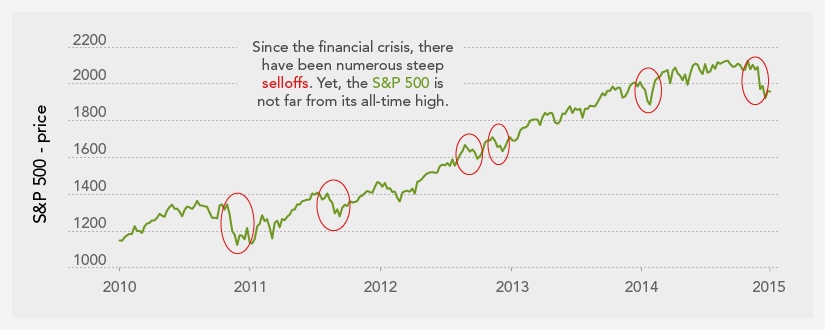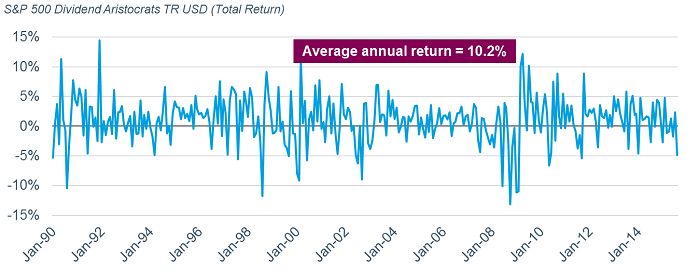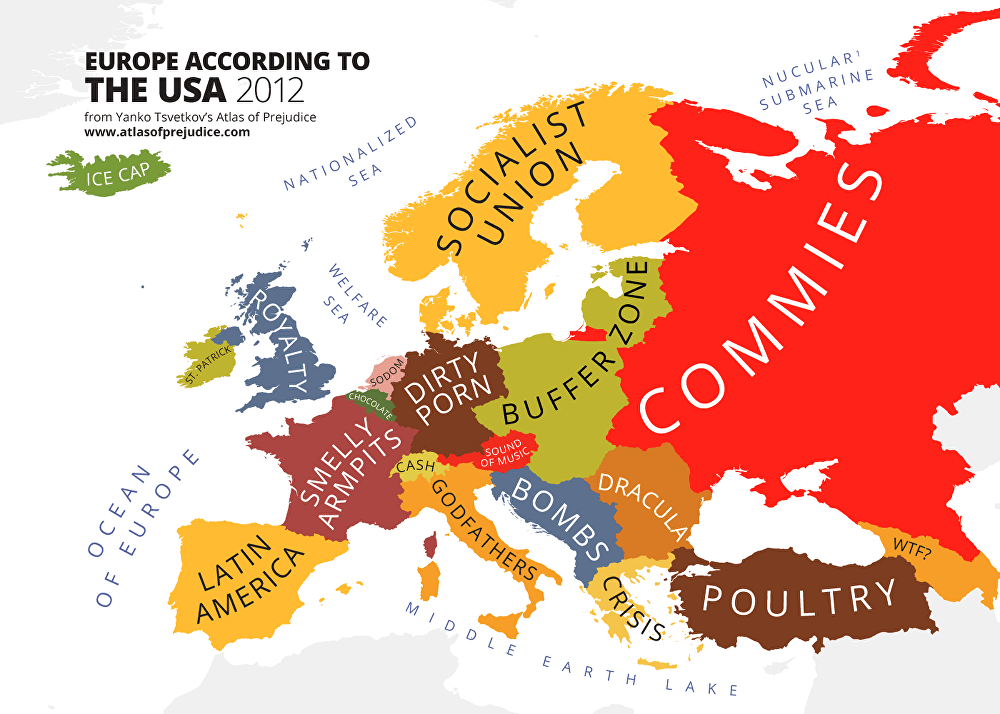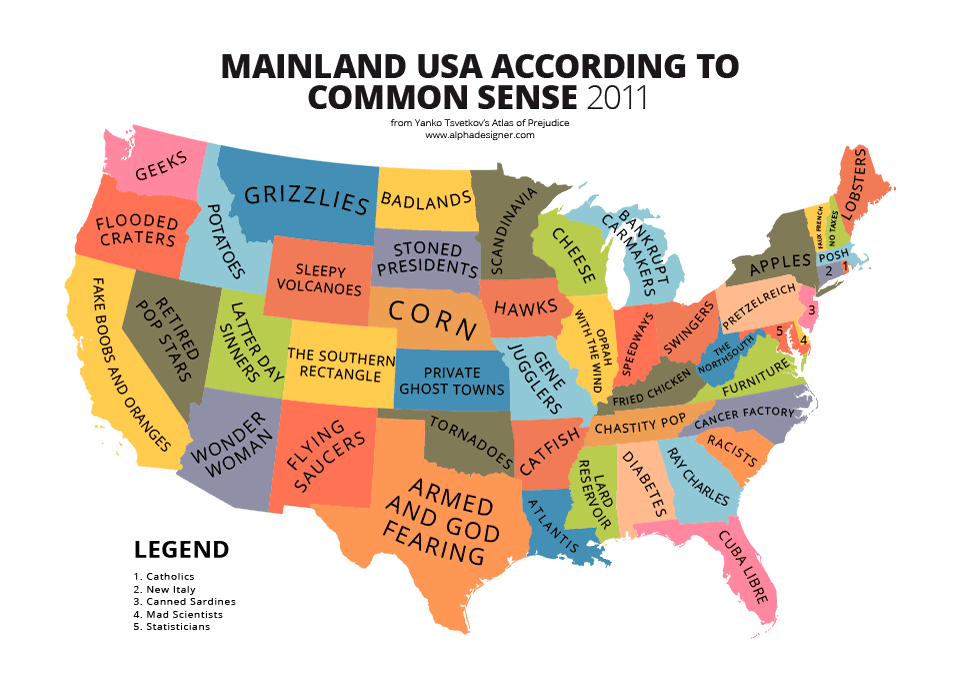- Stocks Roar Back as S&P 500 Heads for Best Month in Four Years (Bloomberg)
- TERRORISM TERRORISES STOCKS: FISHER’S FINANCIAL MYTHBUSTERS (Money Observer)
- Economic Freedom of the World: 2015 Annual Report (Fraser Institute)
- Save Early And Often To Maximize Retirement Savings (T.Rowe Price)
- For US investors only – Don’t miss Dec. 31 MRD deadline and Smart strategies for MRDs (Fidelity)
- India: Interest Rates, Inflation and Manufacturing Ambitions (Mark Mobius)
- Challenges facing income investors today (M&G Investments)
- Investing Basics: Asset Allocation for the Long Term (AB Blog)
- The bad boys of pharma: Investors love them — until cracks in the model appear (Financial Post)
Smithsonian National Postal Museum, Washington DC

